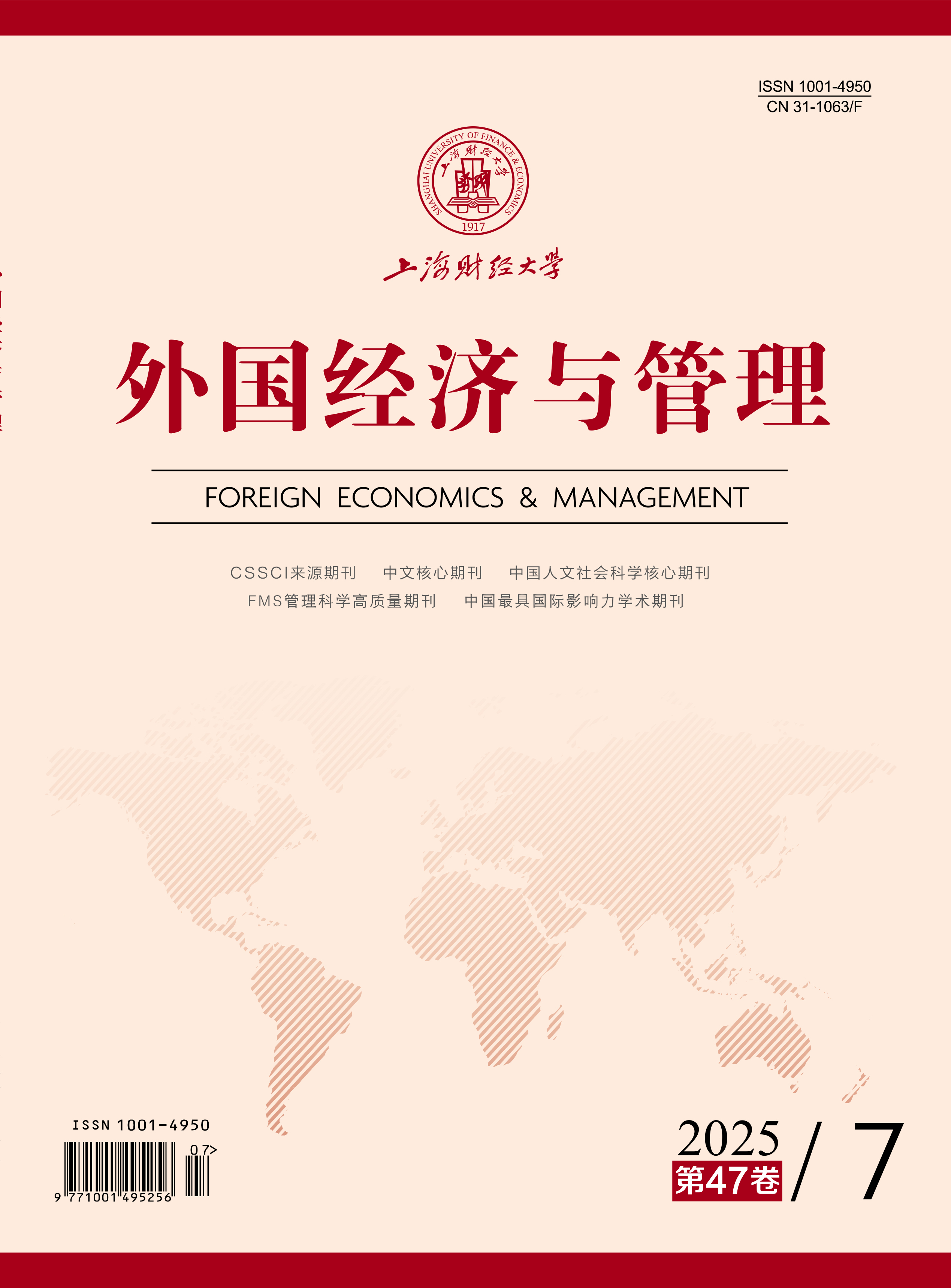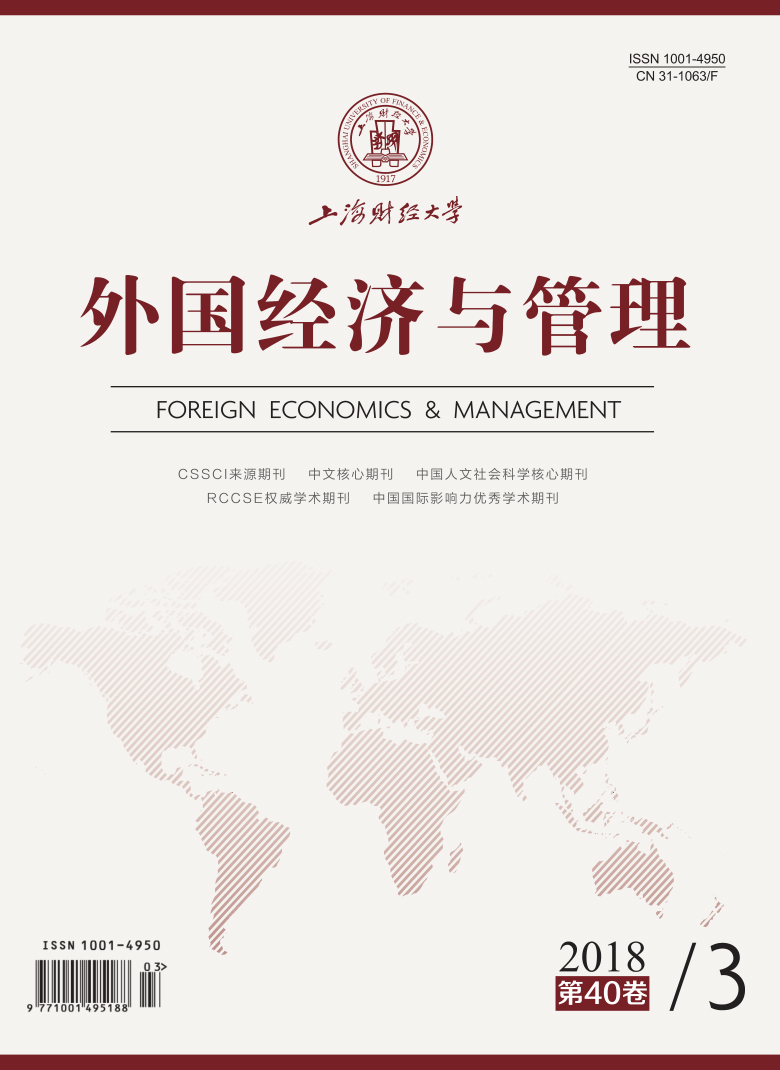企业的战略性即兴行为,即企业在面临由环境变化引起的非预期情况时,自发地利用现有资源,协同相关主体所采取的计划与实施同步发生的、创造性的应对行为。本文通过对两家大型企业的纵向对比案例研究,试图打开企业所采取的战略性即兴行为与其竞争优势之间的“黑箱”。研究发现:首先,企业在发展的不同阶段均会自发采取即时的、含有创造性意图的战略性即兴行为,并且可将其分为应激防御型、主动出击型两类。其次,企业所采取的战略性即兴行为会产生新的行动模式、机制、设施和新的解释框架。最后,战略性即兴行为形成的组织记忆促使企业降低生产运营成本,为顾客创造更多价值,为企业带来竞争优势。其中,战略性即兴行为所产生的新的行动模式、机制、设施倾向于演化成显性的、陈述性的企业记忆,而新的解释框架则会演化成隐性的、过程性的企业记忆。本文的结论可以丰富现有的战略性即兴研究,对于弥补资源基础观在企业能力与竞争优势之间作用机制的逻辑断层有一定的理论价值。
为了全局“随机应变”:战略性即兴行为与竞争优势形成机制
摘要
参考文献
2 何丹, 王千马, 梁冬梅. 新制造时代: 李书福与吉利、沃尔沃的超级制造[M]. 北京: 中信出版社, 2017.
6 韵江, 王文敬. 组织记忆、即兴能力与战略变革[J]. 南开管理评论, 2015, (4): 36–46, 105.
7 Akgün A E, Byrne J C, Lynn G S, et al. New product development in turbulent environments: Impact of improvisation and unlearning on new product performance[J]. Journal of Engineering and Technology Management, 2007, 24(3): 203–230. DOI:10.1016/j.jengtecman.2007.05.008
8 Arshad D, Razalli R, Julienti L, et al. Exploring the incidence of strategic improvisation: Evidence from Malaysian government link corporations[J]. Asian Social Science, 2015, 11(24): 105–112.
9 Baker T, Miner A S, Eesley D T. Improvising firms: Bricolage, account giving and improvisational competencies in the founding process[J]. Research Policy, 2003, 32(2): 255–276. DOI:10.1016/S0048-7333(02)00099-9
10 Barney J. Firm resources and sustained competitive advantage[J]. Journal of Management, 1991, 17(1): 99–120. DOI:10.1177/014920639101700108
11 Cohen M D. Individual learning and organizational routine: Emerging connections[J]. Organization Science, 1991, 2(1): 135–139. DOI:10.1287/orsc.2.1.135
12 Crossan M, Cunha M P E, Vera D, et al. Time and organizational improvisation[J]. Academy of Management Review, 2005, 30(1): 129–145. DOI:10.5465/AMR.2005.15281441
13 Eisenhardt K M. Building theories from case study research[J]. Academy of Management Review, 1989, 14(4): 532–550.
14 Eisenhardt K M. Strategic decisions and all that jazz[J]. Business Strategy Review, 1997, 8(3): 1–3. DOI:10.1111/busr.1997.8.issue-3
15 Hadida A L, Tarvainen W, Rose J. Organizational improvisation: A consolidating review and framework[J]. International Journal of Management Reviews, 2015, 17(4): 437–459. DOI:10.1111/ijmr.12047
16 Hanvanich S, Sivakumar K, Hult G T M. The relationship of learning and memory with organizational performance: The moderating role of turbulence[J]. Journal of the Academy of Marketing Science, 2006, 34(4): 600–612. DOI:10.1177/0092070306287327
17 Hodgkinson I R, Hughes P, Arshad D. Strategy development: Driving improvisation in Malaysia[J]. Journal of World Business, 2016, 51(3): 379–390. DOI:10.1016/j.jwb.2015.07.002
18 Langley A, Smallman C, Tsoukas H, et al. Process studies of change in organization and management: Unveiling temporality, activity, and flow[J]. Academy of Management Journal, 2013, 56(1): 1–13. DOI:10.5465/amj.2013.4001
19 Mintzberg H, McHugh A. Strategy formation in an adhocracy[J]. Administrative Science Quarterly, 1985, 30(2): 160–197. DOI:10.2307/2393104
20 Moorman C, Miner A S. The impact of organizational memory on new product performance and creativity[J]. Journal of Marketing Research, 1997, 34(1): 91–106. DOI:10.2307/3152067
21 Perky L T. Strategic improvising: How to formulate and implement competitive strategies in concert[J]. Organizational Dynamics, 1991, 19(4): 51–64. DOI:10.1016/0090-2616(91)90053-C
22 Ray G, Barney J B, Muhanna W A. Capabilities, business processes, and competitive advantage: Choosing the dependent variable in empirical tests of the resource-based view[J]. Strategic Management Journal, 2004, 25(1): 23–37. DOI:10.1002/(ISSN)1097-0266
23 Weick K E. Making sense of the organization[M]. Oxford: Blackwell, 2001.
引用本文
于思远, 张阳, 唐震, 等. 为了全局“随机应变”:战略性即兴行为与竞争优势形成机制[J]. 外国经济与管理, 2018, 40(3): 20-33.
导出参考文献,格式为:






 8924
8924  9561
9561

